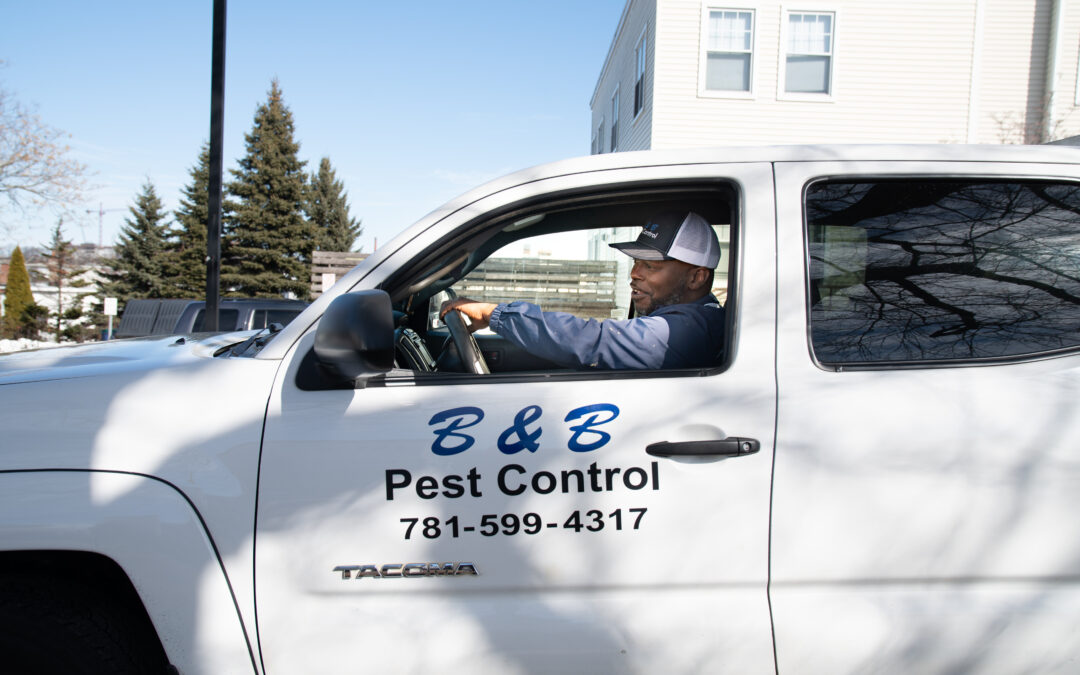With the summer months coming to a close, it is time to prepare for the new pests that the fall season brings. Winter Moths, also known as Operophtera Brumata, were first introduced to North America in the 1930’s and are now annual visitors to Washington, Oregon and costal Massachusetts. These infective creatures usually appear in late fall to early winter; just in time for all of the holiday festivities.
The adult winter moths make an appearance in late November and December and waste no time in starting the process of mating and multiplying. The female leaves their eggs on the crevices found on tree barks or other sheltered areas. After this process is over, all adults die off and wait for the offspring to make their unrueing appearance the following year. This cycle continues and this is how the reappearance of the Winter Moth has become a regular occurrence.
These creatures are stickily herbivorous and are attracted to defoliating specific trees found in Massachusetts such as maple, oak, apple, elm, ash, crabapple, cherry and blueberry. Because of this, it is important for trees susceptible to the moths to be monitored in April. April is when the eggs found on tree branches hatch and the newly born moths start to feed on the foliage found on these varying trees. Smaller larvae can consume buds that are found on developing greenery while older larvae can devour entire leaves.
There is no current solution for the increasing rate of the Winter Moths but, researchers at the University of Massachusetts are finding new and improved ways of controlling the situation. Scientists are attempting to use a parasitic fly, Cyzenis Albicans, to minimize the multiplication on the Winter Moth. This same fly was found to be successful in controlling similar Winter Moth outbreaks in the Pacific Northwest and Canada.
The male Winter Moths can be described as a light brown or tan color. They are smaller in size and can usually be found flying toward festive holiday lighting. The female Winter Moths are the same size and color as the males but, have no wings, and can be found at the base of tree trunks or on any of the mentioned tree varieties.
While the Winter Moths are harmless creatures, we do understand that they may be unwanted guests. We here at B & B pest control have all of the right tips and tricks to make sure that these pests do not come home for the holidays.
Have you ever seen a winter moth? Contact us today for a free pest control estimate in the greater Boston region!

